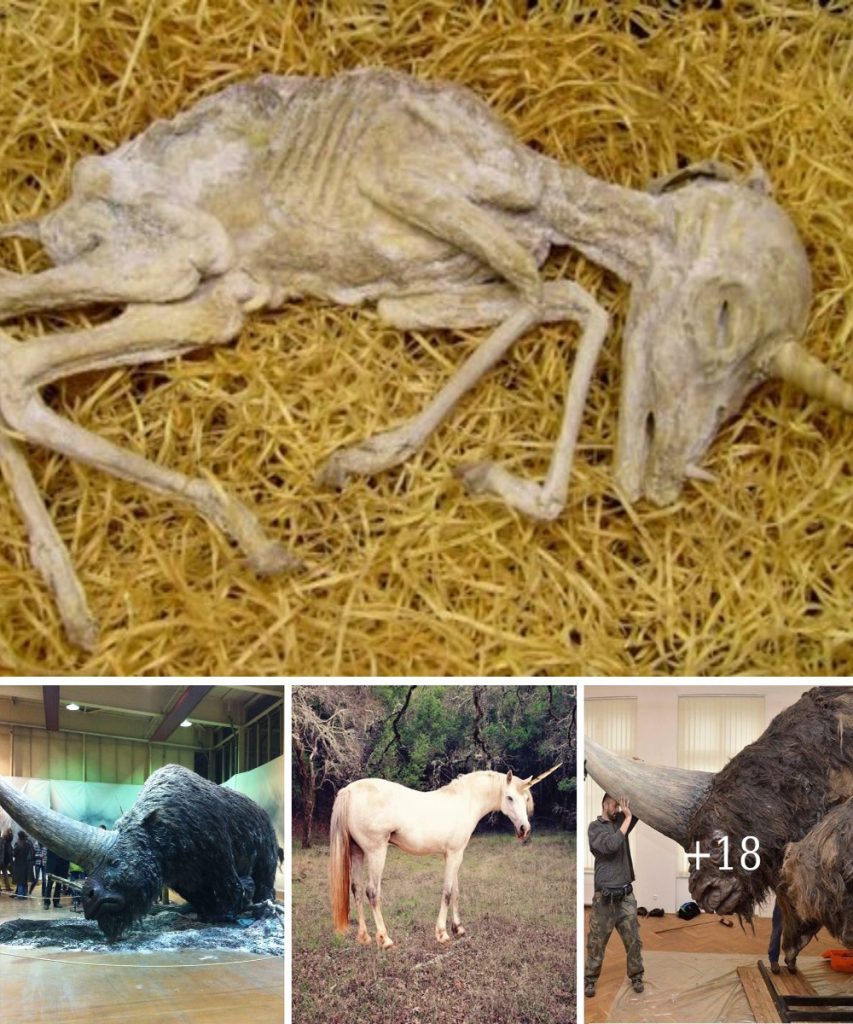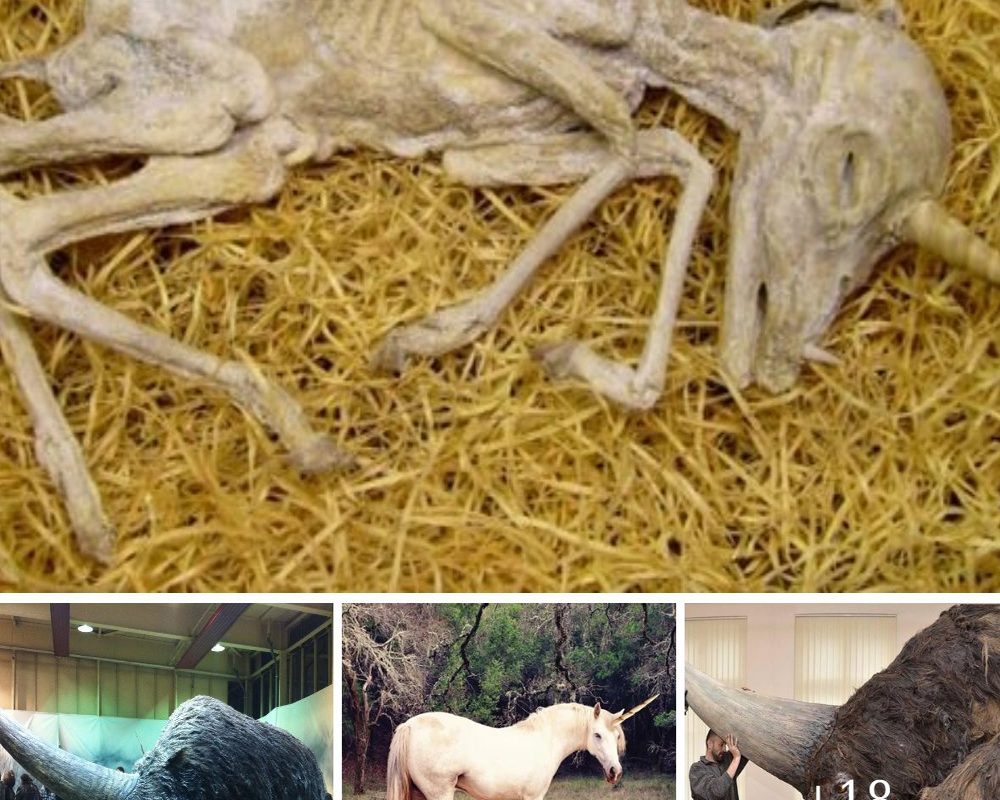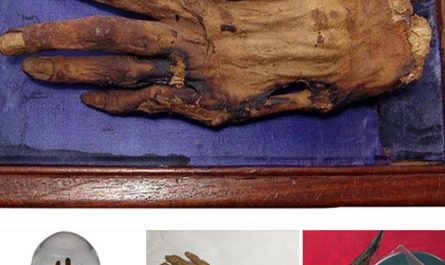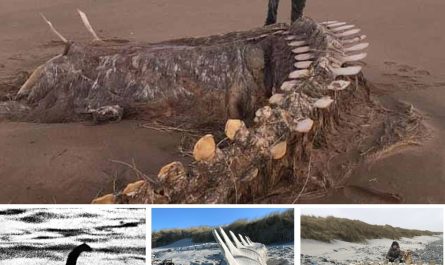In a stunning archaeological find, the final bones of the “unicorn,” specifically the Siberian unicorn or Elasmotherium, have been discovered in Siberia. This prehistoric creature, resembling a giant rhinoceros with a large, single horn, roamed the vast landscapes of Eurasia around 29,000 years ago. The remains, unearthed from ancient permafrost, provide vital insights into the life and environment of this enigmatic species. Researchers believe the Siberian unicorn adapted to harsh climates and may have thrived in the cold tundra, contributing to the region’s unique biodiversity during the Ice Age. The discovery not only sheds light on the unicorn’s anatomy and habitat but also raises questions about its interactions with early human populations. This remarkable find serves as a poignant reminder of the incredible wildlife that once inhabited our planet and the ongoing efforts to understand the complex history of life on Earth. The Siberian unicorn remains a captivating symbol of prehistoric mystery and adaptation.




